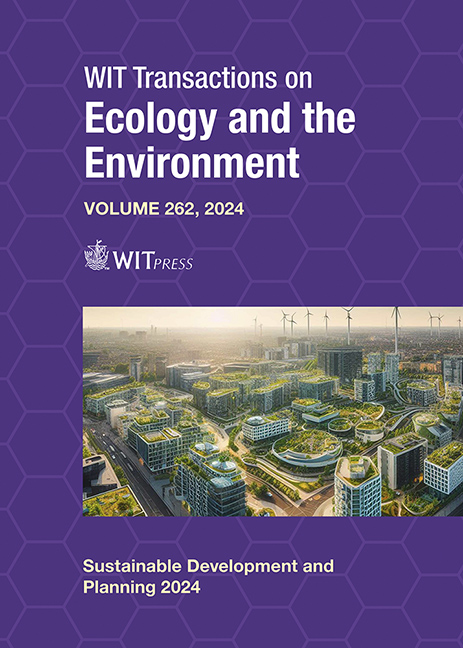A CASE STUDY ON HOUSING LOCATION GUIDANCE IN A COMPACT CITY IN SAPPORO, JAPAN
Price
Free (open access)
Transaction
Volume
262
Pages
12
Page Range
187 - 198
Published
2024
Paper DOI
10.2495/SDP240161
Copyright
Author(s)
NOBUO KAWAHARA
Abstract
Structural reforms aimed at compact city development are underway in Japanese cities. Location normalization plans (LNPs) have been formulated to curb urban expansion, concentrate urban functions in the city centre, especially in areas centred on transportation hubs, and induce residential functions in the surrounding areas of transportation hubs. This study targets condominium locations, which are thought to have an enormous impact on urban residence, focusing on Sapporo City, the only city in Japan with a ‘collective residential induced area’ defined in its LNP. Our analyses cover several factors, including the scale of Sapporo City’s urbanized area and the ‘collective residential induced area’. Data was collected for all condominiums sold in a market and built in Sapporo City. We found that many condominiums are already located in ‘collective residential induced areas’, accounting for 67.0% of all condominiums. Furthermore, 93.4% of condominiums built after the LNP was formulated in 2016 are in ‘collective residential induced areas’. Additionally, condominiums are concentrated in certain areas and are not distributed evenly throughout the ‘collective residential induced areas’, where they tend to have more floors and units. Finally, three-dimensional, more high-rise condominiums are being constructed than those with flat expanse layouts.
Keywords
urbanization, communal housing, condominium, kernel density estimation





